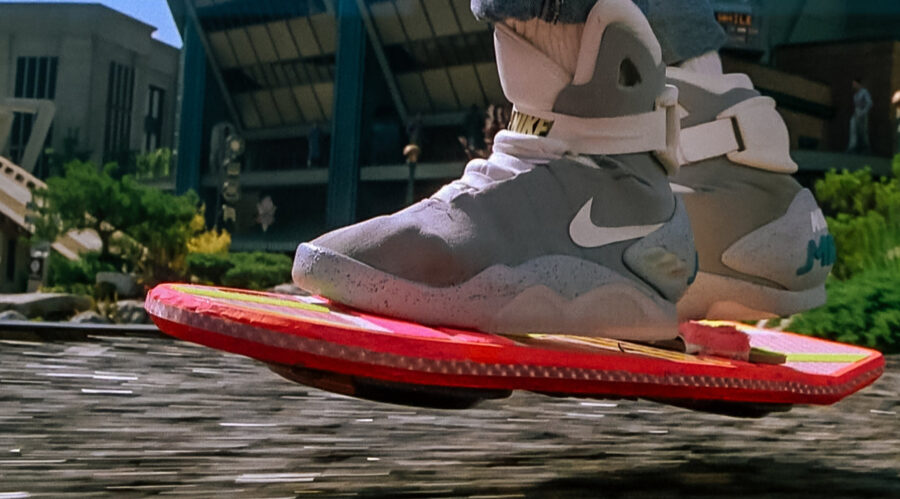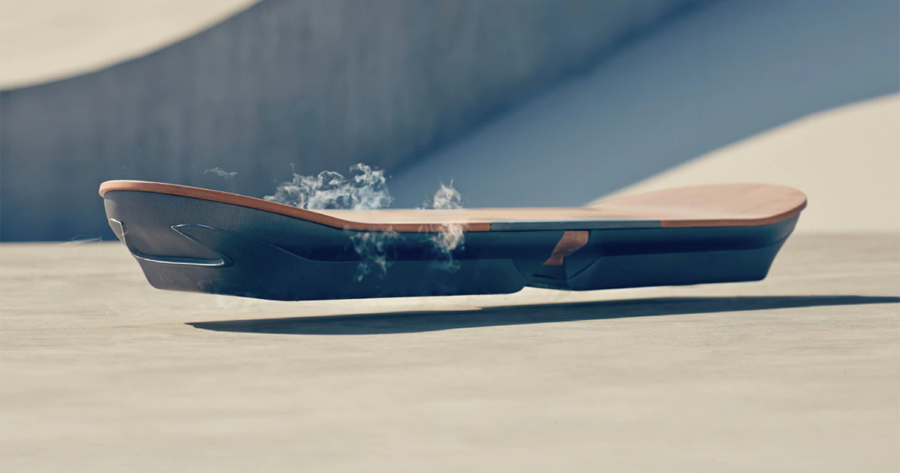How Quantum Locking Made Back To The Future’s Hoverboards Real, Sort Of

If you were asked what piece of awesome fictional tech you’d love to see find its way into the realm of the real, 99% of respondents would, without even thinking about it, say the Hoverboard from Back to the Future Part 2. The idea of floating around smoothly on a board that hovers six inches above the ground is awesome. Maybe even more awesome and affordable than flying cars. Well, the gap between fiction and reality may have just closed significantly.
Scientists have demonstrated “quantum locking,” which allows superconductive metals to be suspended above a magnetic field. The process involves freezing the metal down to where the electrical resistivity is zero, allowing it to be locked in space above a proper magnet.
Here’s quantum locking in action…
Art one point, scientists at the University of Paris took this idea even further and created a literal hoverboard. Of course, this idea only works on tracks of magnets, but watch below to see the freezing process and a human’s first hoverboard ride.
The car company Lexus then took this idea and turned it into an actual hoverboard. Here it is…

The problem here is that, as shown by the above quantum locking demo video, this board only works on a track. So you can’t skate around Hill Valley, avoiding Griff on it. You can only go on one pre-determined route.
It’s for that reason that Lexus has never tried to sell the board, and for now, it exists only as a fun, one-off to demonstrate what science can do.
Here’s a video from Lexus showing the board in action.
Even though they’ve cleverly hidden it in the video, the board is running on a magnetic track. For now, that’s the best hoverboard humans can make. Who knows what the future may hold?












